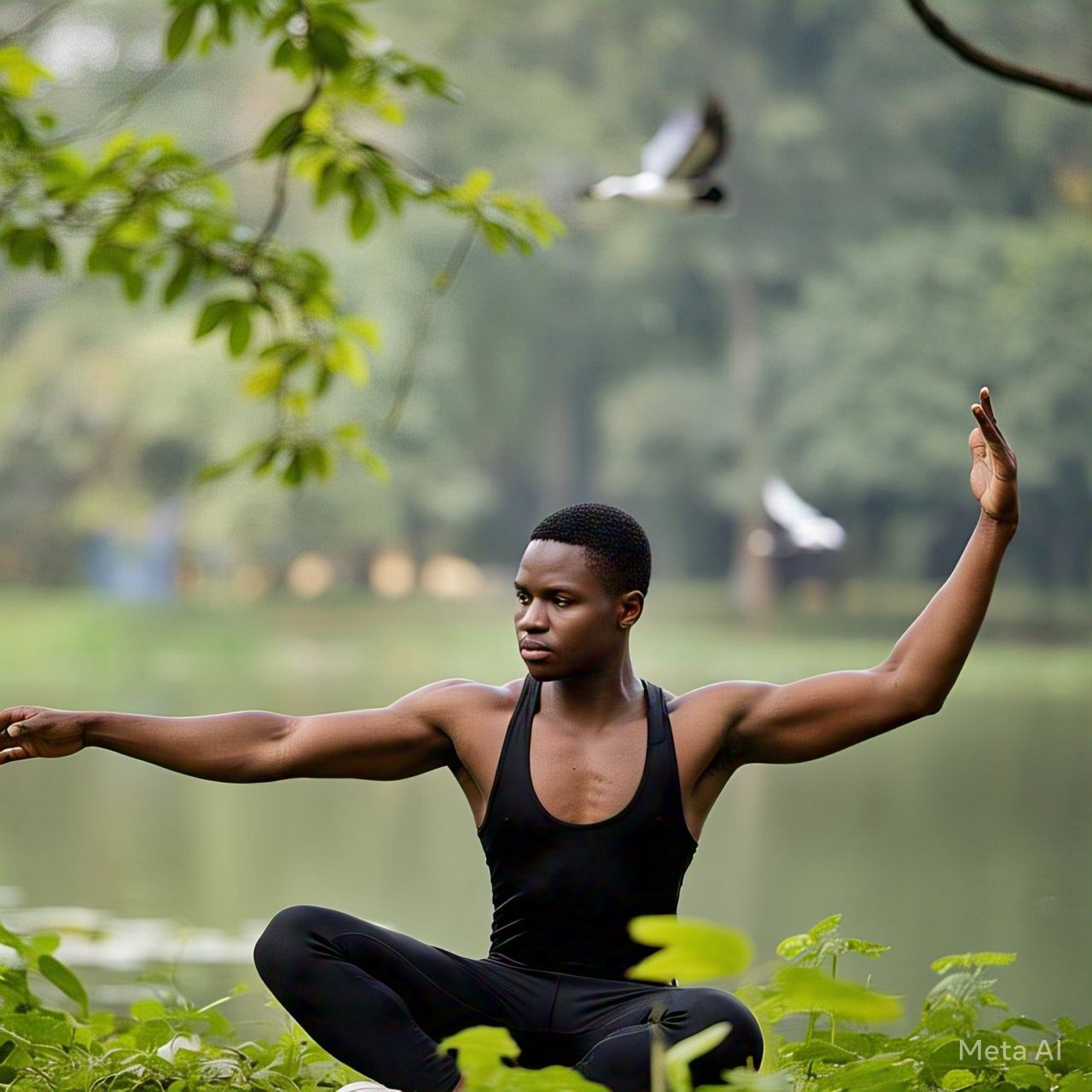When life feels overwhelming, one of the most effective ways to find calm isn’t in your mind — it’s in your body. While meditation, therapy, and journaling are powerful tools for emotional health, sometimes the fastest way to a peaceful mind is through movement.
There’s a growing body of science — and centuries of lived experience — that confirm a simple truth:
A moving body creates space for a still, centered mind.
In this article, we’ll explore how physical activity improves mental clarity, reduces anxiety, and builds emotional resilience — and how to tap into this connection, no matter your fitness level.
Why Movement Affects the Mind
Your body and mind are deeply connected through:
- The nervous system, which regulates stress and relaxation
- The hormonal system, which influences mood and energy
- The brain-body loop, where thoughts affect the body — and vice versa
When you move your body, you send signals of safety, vitality, and flow to your brain. This helps:
- Reduce cortisol (the stress hormone)
- Increase endorphins (feel-good chemicals)
- Improve blood flow to the brain
- Release physical tension stored in muscles
- Clear mental fog and emotional stagnation
The result? A calmer, more focused mind — and a body that feels alive.
Benefits of an Active Body for Mental Health
You don’t have to run marathons or train like an athlete. Even gentle movement, done consistently, can have a huge impact on how you feel.
Here’s how staying physically active supports mental well-being:
1. Reduces Stress and Anxiety
Movement helps regulate your nervous system, especially when you feel “stuck” in fight-or-flight mode. A brisk walk, a short stretch, or a dance session can help discharge built-up tension.
2. Improves Mood and Emotional Balance
Exercise increases serotonin and dopamine — brain chemicals linked to happiness, motivation, and pleasure. It also helps you feel more grounded and in control.
3. Boosts Focus and Mental Clarity
Physical activity increases blood flow to the brain, supporting cognitive function, memory, and decision-making.
4. Helps Process Emotions
Emotions are stored in the body. Moving through your feelings — literally — can help release sadness, anger, or stress in a healthy way.
5. Improves Sleep Quality
An active body rests better. Regular movement helps regulate your sleep-wake cycle and encourages deeper, more restorative sleep.
Signs You May Need More Movement
It’s not about burning calories — it’s about restoring balance. If you feel:
- Mentally foggy or unfocused
- Easily irritated or emotionally heavy
- Tense in your shoulders, jaw, or back
- Unmotivated or low-energy
- Anxious without a clear reason
Your body might be asking for movement, not more thinking.
Ways to Move That Calm the Mind
You don’t need a gym membership or structured workout. Any form of intentional movement can help create mental calm.
Try:
- Walking in nature — clear your head with rhythm and fresh air
- Stretching or yoga — soften physical tension and breathe deeper
- Dancing to music — shake off stress and reconnect with joy
- Tai chi or gentle martial arts — move with awareness and flow
- Strength training — feel grounded and empowered
- Swimming or cycling — get into a meditative rhythm
The key is consistency and enjoyment. If you like it, you’ll do it — and your mind will thank you.
Moving Mindfully: Body and Breath Together
Want even more mental clarity? Try moving mindfully — that means being present with your body as you move.
Tips for mindful movement:
- Focus on how your body feels (not just how it looks)
- Match your breath with your movement
- Let go of expectations and listen to your pace
- Celebrate how movement shifts your mood — not just your muscles
The more awareness you bring into your body, the more your mind will slow down and soften.
Final Thoughts: Your Body Is a Path to Inner Peace
We often think we have to “think our way out” of stress. But sometimes, the best thing you can do is move your way through it.
When your body is active, your mind can rest.
When your muscles release tension, your thoughts become clearer.
When you reconnect with your physical self, you return to the present.
So today, take a walk, stretch for five minutes, or dance like nobody’s watching.
And notice how your mind responds — gently, naturally, and peacefully.
Because a calm mind often begins with a moving body.
